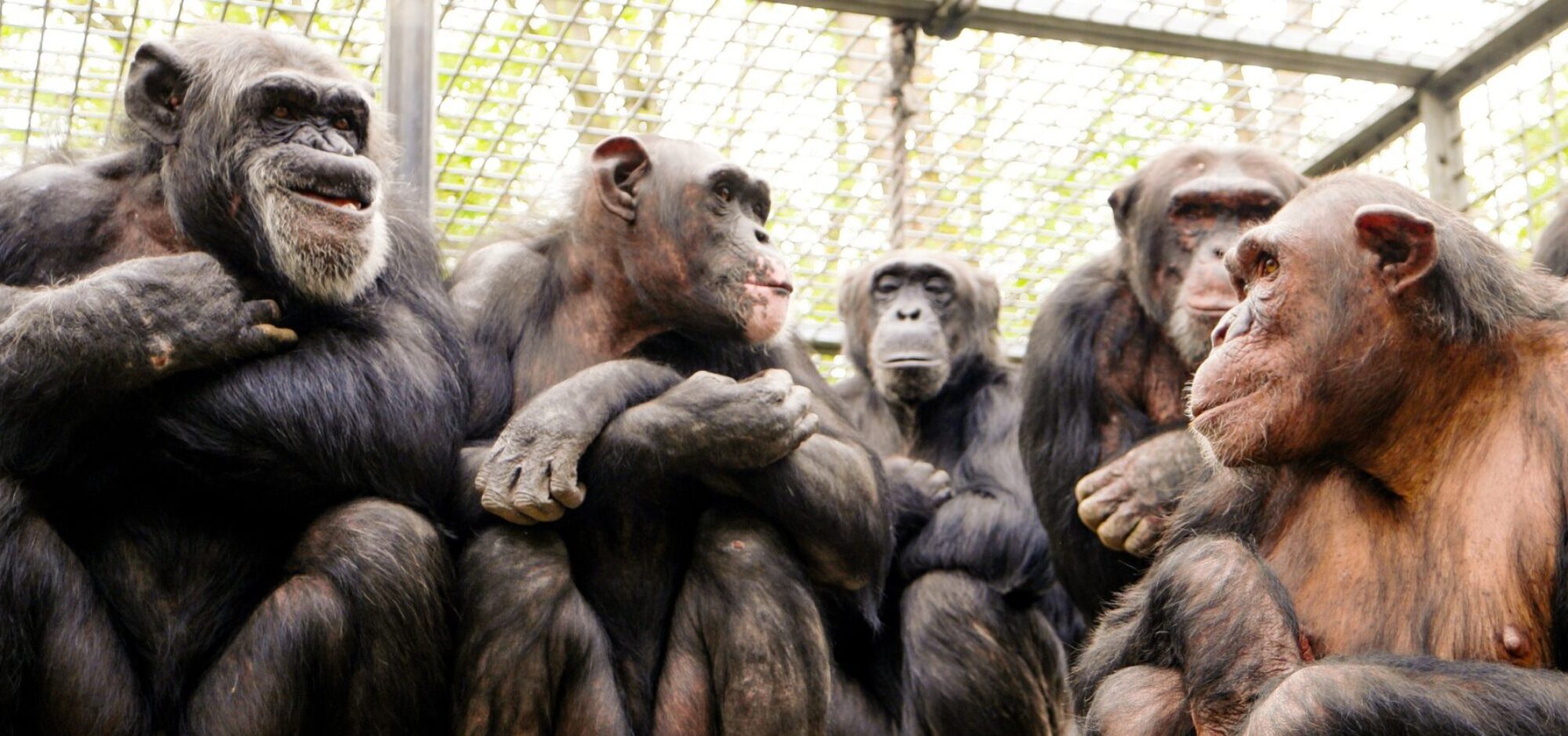“How Did Belief Evolve?
An anthropologist traces the development of Homo sapiens’ most creative and destructive force, from the making of stone tools to the rise of religions.
Agustín Fuentes
is the chair of the anthropology department at the University of Notre Dame.
https://www.sapiens.org/evolution/religion-origins/

About 20 years ago, the residents of Padangtegal village in Bali, Indonesia, had a problem. The famous, monkey-filled forest surrounding the local Hindu temple complex had become stunted, and saplings failed to sprout and thrive. Since I was conducting fieldwork in the area, the head of the village council, Pak Acin, asked me and my team to investigate.
We discovered that locals and tourists visiting the temples had previously brought food wrapped in banana leaves, then tossed the used leaves on the ground. But when plastic-wrapped meals became popular, visitors threw the plastic onto the forest floor, where it choked the young trees.
I told Acin we would clean up the soil and suggested he enact a law prohibiting plastic around the temples. He laughed and told us a ban would be useless. The only thing that would change people’s behavior was belief. What we needed, he said, was a goddess of plastic.
Over the next year, our research team and Balinese collaborators didn’t exactly invent a Hindu deity. But we did harness Balinese beliefs and traditions about harmony between people and environments. We created new narratives about plastic, forests, monkeys, and temples. We developed ritualistic caretaking behaviors that forged new relationships between humans, monkeys, and forests.
As a result, the soils and undergrowth were rejuvenated, the trees grew stronger and taller, and the monkeys thrived. Most importantly, the local community reaped the economic and social benefits of a healthy, vigorous forest and temple complex.
Acin taught me that science and rules cannot ensure lasting change without belief—the most creative and destructive ability humans have ever evolved.
(…)
In my recent book, Why We Believe,* I explore how we evolved this universally and uniquely human capacity, drawing on my 26 years of research into human and other primates’ evolution, biology, and daily lives. Our 2-million-year journey to complex religions, political philosophies, and technologies essentially follows a three-step path: from imagination to meaning-making to belief systems. To trace that path, we must go back to where it started: rocks.
(…)
By 500,000 years ago, Homo had mastered the skill of shaping stone, bone, hides, horns, and wood into dozens of tool types. Some of these tools were so symmetrical and aesthetically pleasing that some scientists speculate toolmaking took on a ritual aspect that connected Homo artisans with their traditions and community. These ritualistic behaviors may have evolved, hundreds of thousands of years later, into the rituals we see in religions.
With their new gadgets, Homo chopped wood, dug deeper for tubers, collected new fruits and leaves, and put a wider variety of animals on the menu. These activities—expanding their diets, constructing new ecologies, and altering the implements in their environment—literally reshaped their bodies and minds.
In response to these diverse experiences, Homo grew increasingly dynamic neural pathways that allowed them to become even more responsive to their environment. During this time period, Homo’s brains reached their modern size.
(…)
The advent of cooking opened up a new landscape of foods and nutrient profiles. By boiling, barbecuing, grinding, or mashing meat and plants, Homo maximized access to proteins, fats, and minerals.
This gave them the nutrition and energy necessary for extended childhood brain development and increased neural connectivity. It allowed them to travel greater distances. It enabled them to evolve neurobiologies and social capacities that made it possible to move from imagining and making new tools to imagining and making new ways of being human.
(…)
Once groups are attributing shared meaning to objects they can manipulate, it is an easy jump to give shared meaning to larger elements they cannot change: storms, floods, earthquakes, volcanoes, eclipses, and even death. We have evidence that by at least a few hundred thousand years ago, early humans were placing their dead in caves. Within the past 50,000 years, distinct examples of burial practices became more and more common.”
